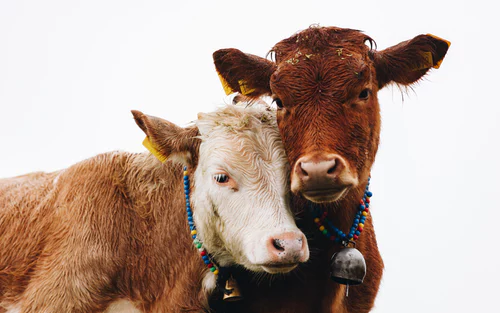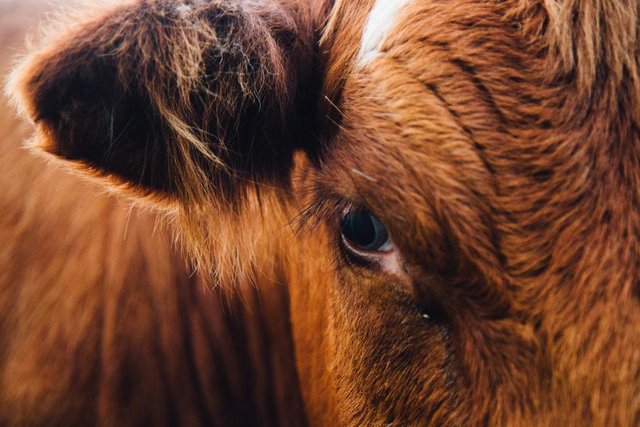Dairy Farming in Kenya part 2
Our main concern is that all these key players in the value chain in Kenya have come together to form strong unions, but the farmers haven’t. We should call all the key players into question. Most of these farmers in Kenya depend on dairy farming as their main source of income. Due to the market mechanisms and forces of demand and supply within Kenya, the processors come up with their own prices that are communicated to the farmer. This price is a take-it-or-leave-it price. The farmer in Kenya has to comply or else he has no option but to pour his milk for the day. Due to the perishable nature of milk this will hurt the Kenyan small scale farmer’s pockets. There are severe irrationalities in the pricing policies and practices of the dairy products, and these have become a constraint to the farmers in Kenya.

Think about a situation where farmers in a certain county in Kenya, for example, consolidate all their milk in a central point. These farmers have one voice as a union in Kenya. These farmers can have an ask/offer price of say 45shillings per litre in Kenya. If Brookside dairy or New K.C.C has a bid price of 40kshs per litre, the farmers in Kenya can negotiate with them. They can also handle the issues of the wet season surpluses in Kenya and drought deficits in the production. With these two key players being active in the pricing practices, the wavering of the prices will decline, and the consumer can buy the dairy products at the equilibrium prices in Kenya.

The dairy farmers in Kenya need to know that they are the stakeholders and without them there will be no milk, so they call the tune. They need to be invincible. The farmers need to be the price setters in Kenya. The farmers need to shield themselves from inevitable price fluctuations in Kenya that bring in great losses. Together they have a voice and thus, they can harness Kenya's great potential in dairy farming.